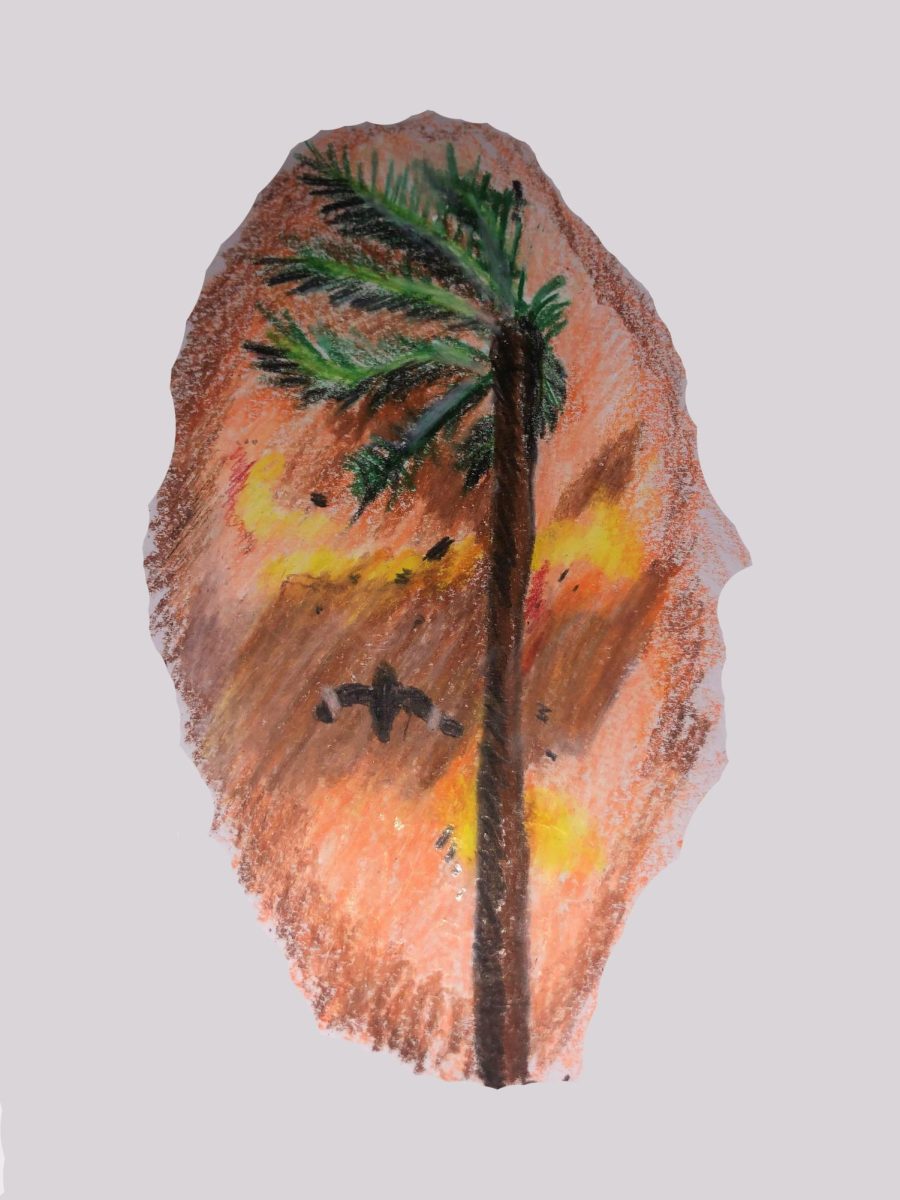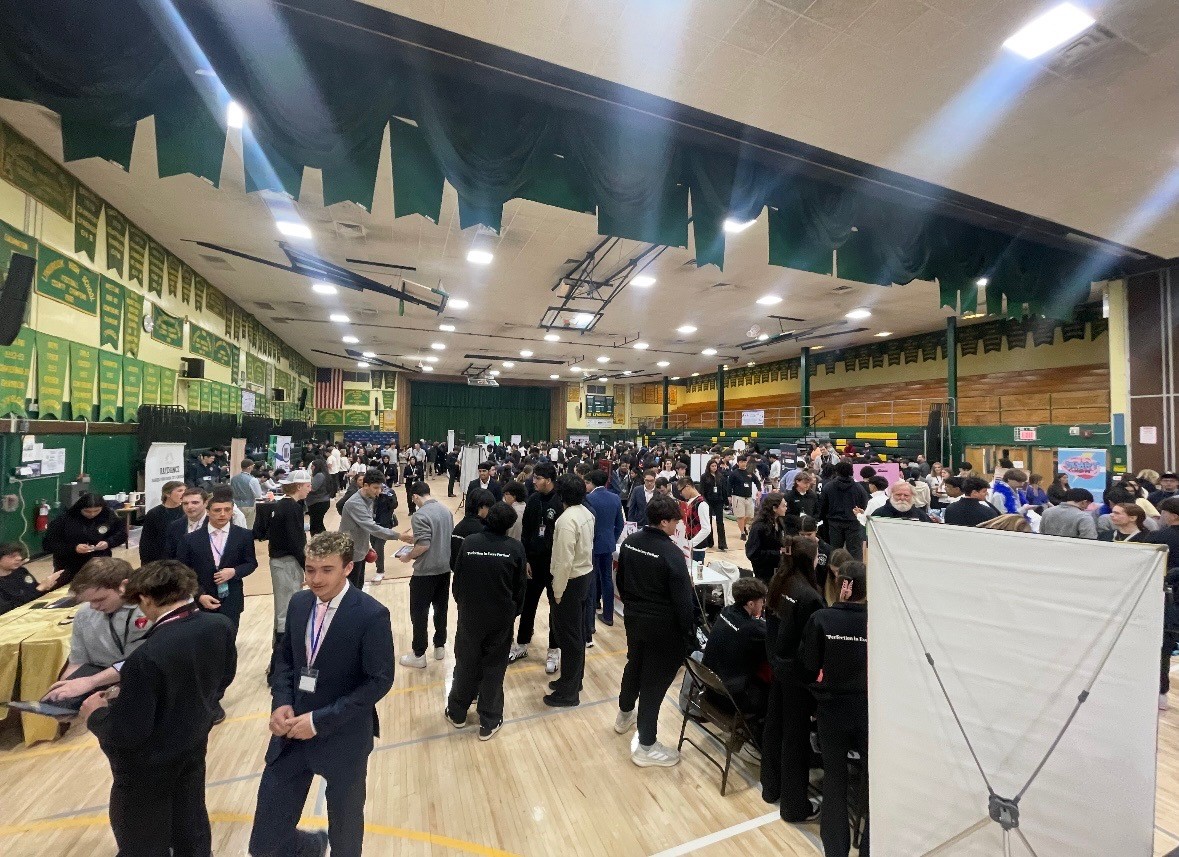As residents walk across the ashen land that used to be West Maui, Hawaii, around the town of Lahaina, they are left to reconcile with the events of the past two months. Since early August, the fires have engulfed over 2,000 acres, swallowing up entire towns, and hitting Lahaina the hardest. The death toll from the fires was 97 people. The lingering effects are the ultimate economic, environmental, and social detriment that the fires brought.
The blazing fires were stimulated by the dry climate of the archipelago, and as Hurricane Dora moved in the Pacific south of Maui, its winds caused the fires to spread along the island throughout August. The most plausible cause of the roaring flames on August 8 were downed power lines. Maui County officials have since declared that Hawaiian Electric, an electricity firm that serves a substantial amount of Hawaii’s population, may be responsible for the accident. There have been more than a dozen lawsuits filed against the company over whether it had assumed proper safety precautions at the time of the accident.
The poignancy of the situation is further exacerbated as the people of Maui returned to what was left of their homes. The U.S. Department of Housing and Urban Development (HUD) has allotted $1.3 million to support people experiencing homelessness and people at risk of homelessness through the Department’s Rapid Unsheltered Survivor Housing (RUSH) program, according to the National Low Income Housing Coalition (nlihc.org). In late August, President Biden also motioned to cover all expenses for removing debris and helping Maui residents in crisis. The destruction of homes that have housed many generations of Maui residents will paint new futures for current communities.
Some have connected the Maui wildfires to other wildfires seen throughout the globe. “[This] event reminds me of how it was with the Canada wildfires….We weren’t even directly [affected by] the fire, yet we could feel its devastating effects hundreds of miles away. I can only imagine what the people in Canada and Maui had to go through,” sophomore Joaquin Martin shared.
The economic implications of the fires have also affected Maui detrimentally – the region relied on tourism as a substantial part of revenues. The current situation has increased the levels of unemployment from 2.5% to 10% on the island. Maui typically receives over three million visitors per year, according to NPR (npr.org). Thus, tourism makes up about 40% of Maui’s yearly economy. The jobs operated by Lahaina locals have also suffered the effects of fewer and fewer tourists. Once affected by COVID, a new wave of struggles has now impacted the island’s economy.
This raises ethical questions regarding whether tourism should be back influx; it may aid Maui’s economy to get back on its feet, but relaxing at a tropical resort as residents searched through rubble implies an air of tone deafness. Mixed attitudes from locals on what is most favorable have been received from locals — and for good reason; tourists give life to Maui’s economy, but the fires have left a lingering solemnity that travelers hold little place in.
The fires have also directly impacted Maui’s natural environment due to the destruction of over 2,000 buildings carcinogenic chemicals — including asbestos and lead — have flooded directly into Lahaina’s public water systems, according to Scientific American (scientificamerican.com). Due to this, local officials have warned residents against drinking from or utilizing tap water. Rudimentary effects, such as the release of high levels of carbon dioxide and greenhouse gasses into the atmosphere, will also further affect Maui in the coming months. This is due to the large influx of toxic pollutants in the air that are consistent with the effects of climate change. “Climate change, driven by factors such as the increase in greenhouse gas concentrations, can lead to conditions that are more conducive to wildfires,” biology teacher Jeanette Meszaros emphasized. “Wildfires release carbon dioxide into the atmosphere, contributing to greenhouse gas emissions,” she added.
Though Maui and its residents will continue to deal with the repercussions of the fires, people living outside of Hawaii can do several things to aid those in crisis. “Learn about environmental issues, including climate change, habitat destruction, and pollution, so that you can speak knowledgeably about them,” Meszaros said, “[and] take personal steps to reduce your own carbon footprint on the environment, such as conserving energy, using public transport, carpooling and reducing waste.”
Donating funds to local and regional organizations, such as Voluntary Organizations Active in Disasters (VOADs) as well as the Hawaii Community Foundation, can also help relay direct aid to those affected by the wildfires by providing medical and reconstruction aid to Maui’s residents. “I think Maui will find it hard to build [itself back] up ….[F]ires can destroy so much, but we can donate to Maui victims,” junior Anisa Lopez explained. Though the traces of the fires will run deep throughout the lands of Maui for an uncertain amount of time, with help and time to grieve, rebuilding can be done with a little more ease.

































